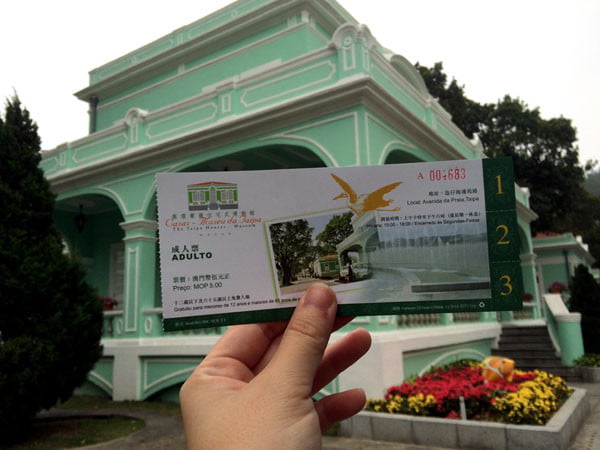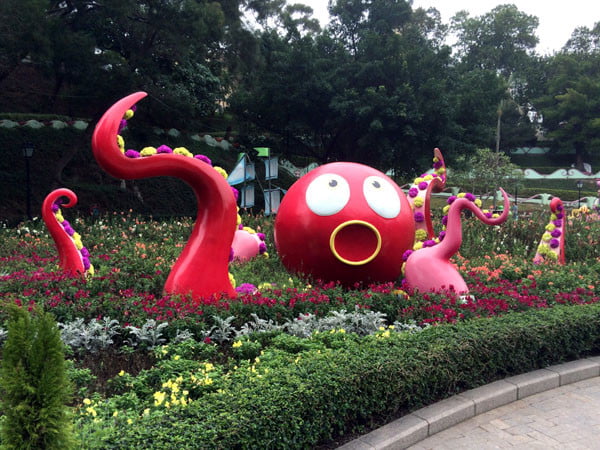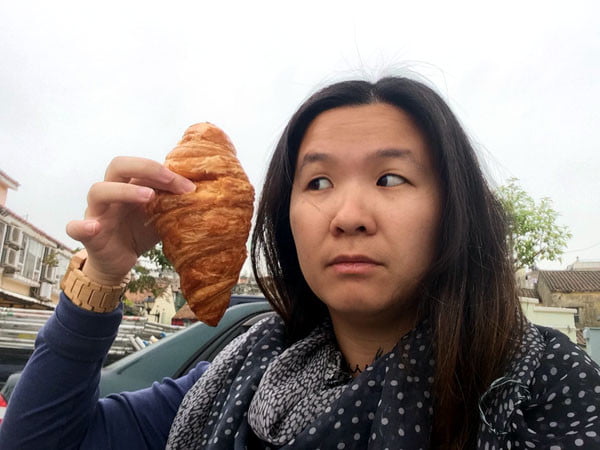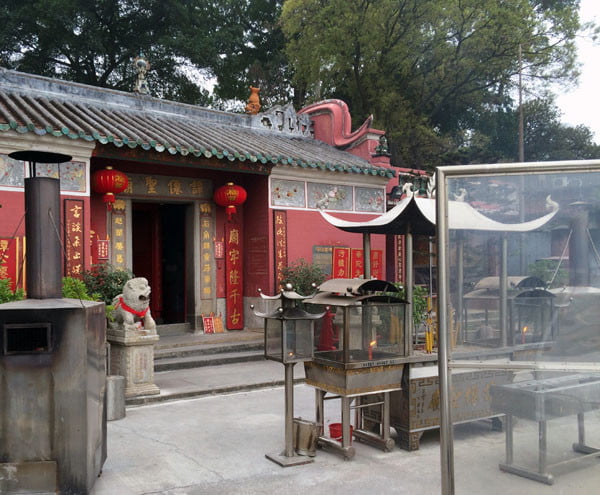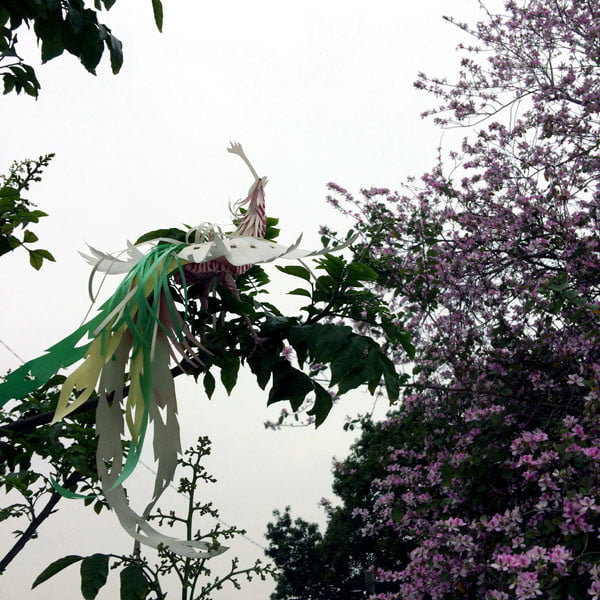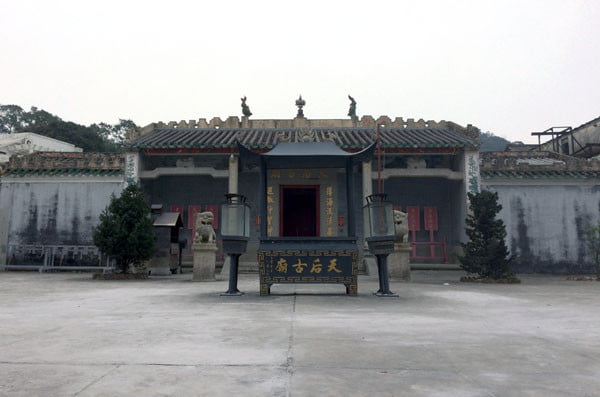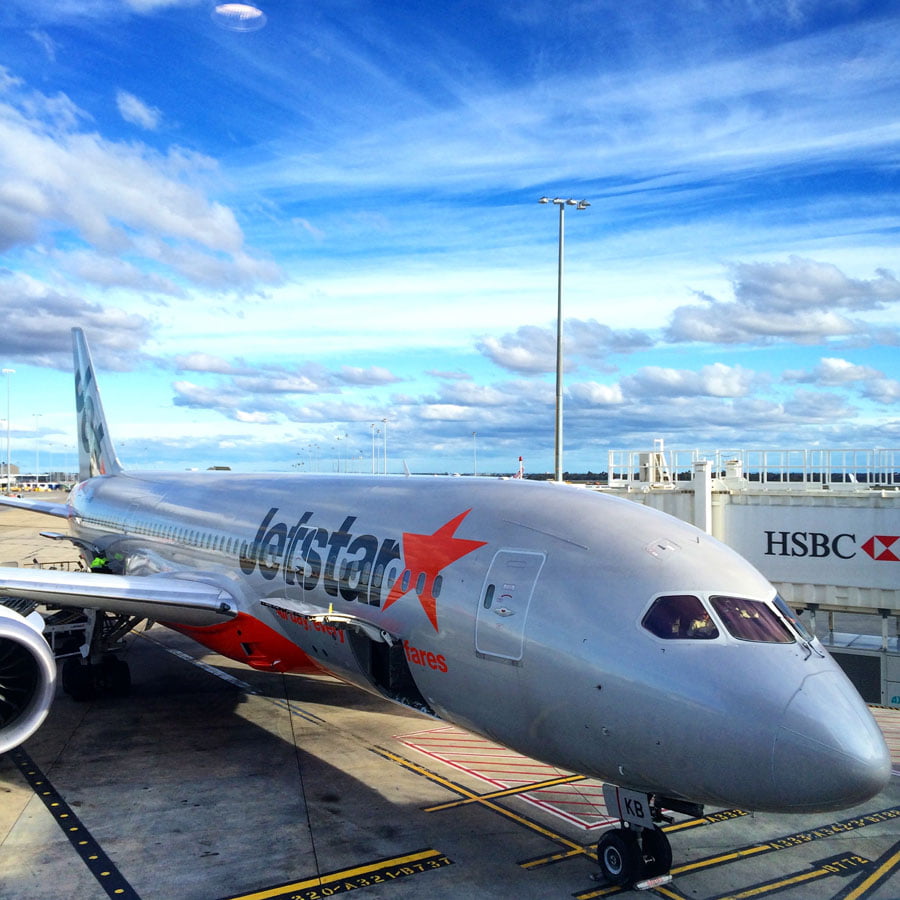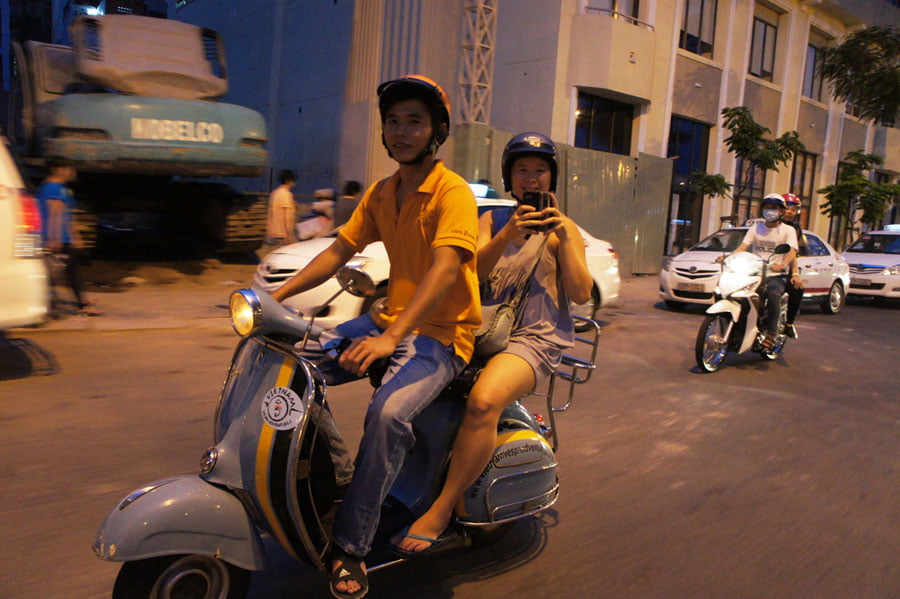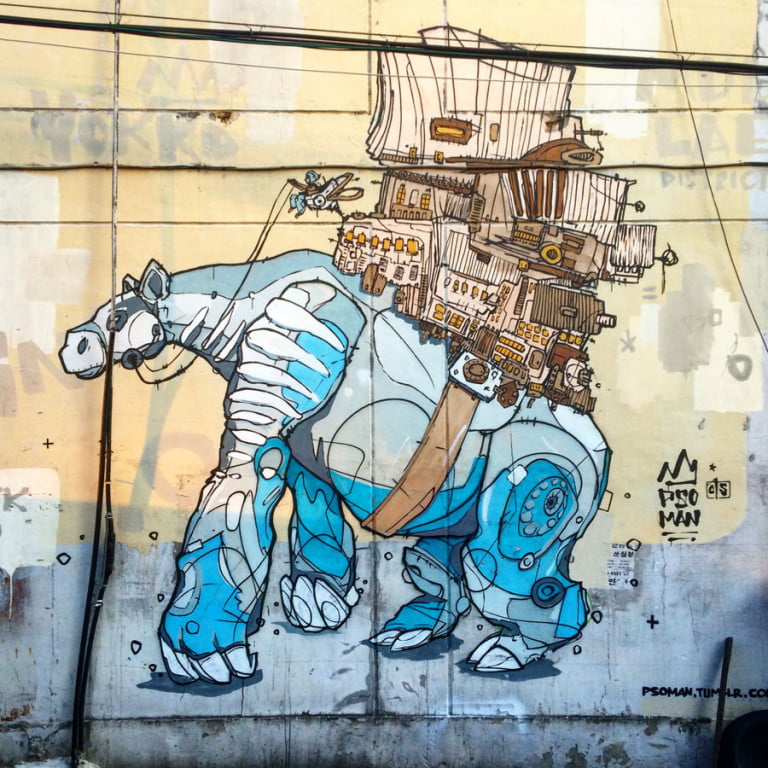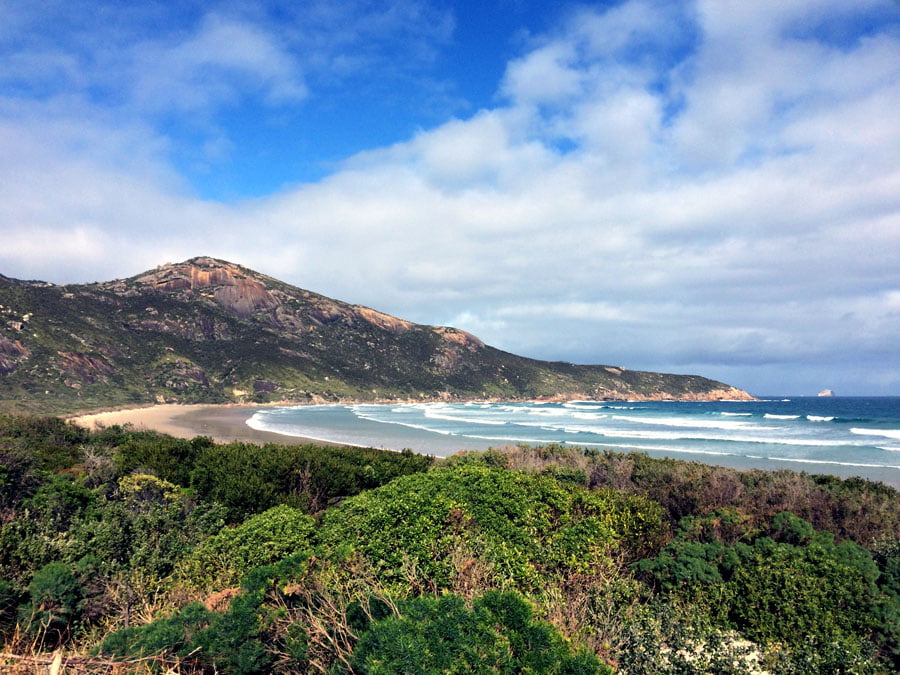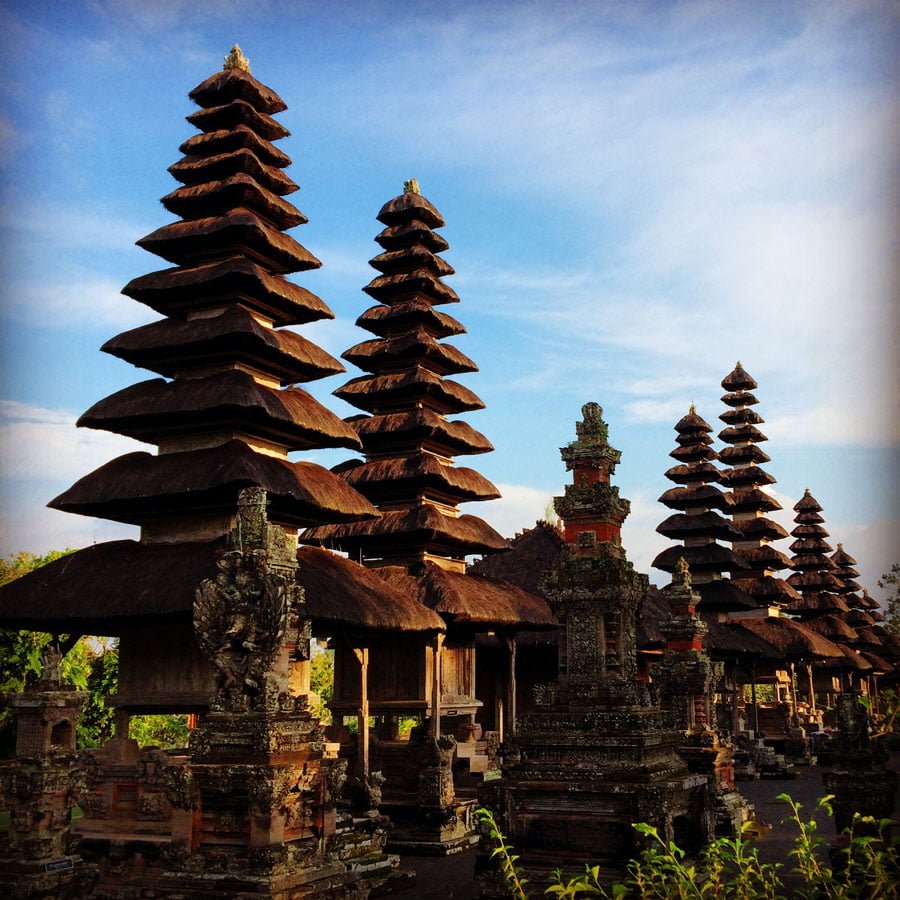Taipa and Coloane – Macao beyond the casinos
When I said I was going to visit Macao, most people thought I was going to check out the casinos and gamble a little. A few others mentioned trying the Portuguese egg tarts. Almost all were boggled when I said I wanted to explore Taipa and Coloane, because I’m not sure that many people who visit know that there is a Macau worth outside of the casino strip.
I’d gone to Hong Kong to explore beyond the Central area, and I was determined to do so as well in Macau, so instead of taking a day trip like many visitors, A and I spent a night at the Holiday Inn Cotai [affiliate link] – our first day was spent exploring the Peninsula, but we spent our second day checking out Taipa and Coloane before heading back to Hong Kong.
Where are Taipa and Coloane?
To give a little context, Taipa and Coloane are islands south of the Macau Peninsula which is where you find the old historic city and its sights. There are several bridges that link the Peninsula to Taipa.
Taipa and Coloane used to be two separate islands, but they are now joined by reclaimed land, and that central portion is called Cotai (combining COloane and TAIpa, hah!), and where you find all the casinos.
Here’s a google map with all the stuff I’ll talk about in the post below conveniently labelled for you.
[googlemaps https://www.google.com/maps/d/embed?mid=zxG-z3IHy2oA.kRdvPsPvcpsc&w=640&h=480]
Taipa
We started our exploration in Taipa, but it seemed almost too early on a Wednesday morning, because not much was happening on the streets.
Taipa Houses Museum
The streets were pretty quiet as we walked towards our first destination – the Taipa Houses Museum.
As its name implies, the Taipa Houses Museum is quite literally a stretch of 5 minty-green houses built in a unique Portuguese-Macanese mix back in the 1920s which have since been preserved and converted into a museum.
You can buy a ticket from the nearby booth for just 5HKD (about S$1!) and you can visit 3 of the houses, each with their own theme. The 4th house is a gallery or exhibition space (there was a Chinese art exhibition happening that we weren’t too interested in seeing) and the last house is available to rent for events.
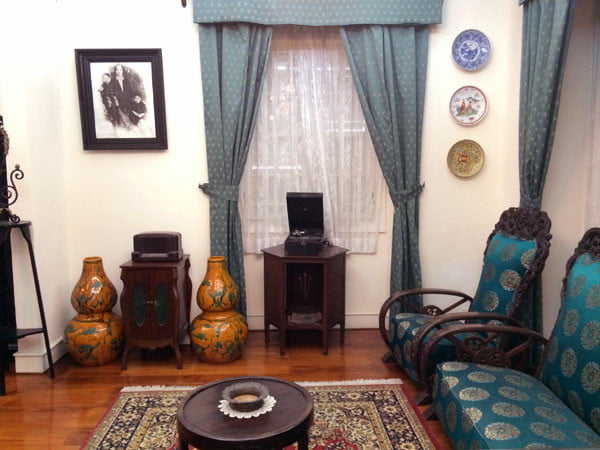
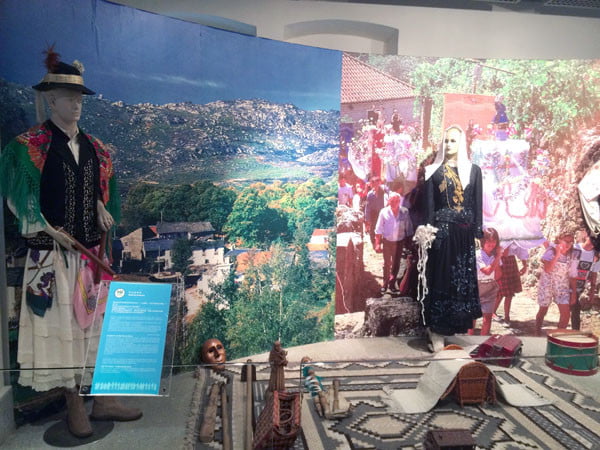
It’s a small way to get a glimpse of Macanese history – generally it’s pretty quiet and simple, don’t expect anything too fancy. I thought the exterior was more interesting – The houses used to face the strip of sea between Taipa and Coloane, but now that they’ve built the Cotai strip in between, the sea view has been reduced more to a lake view… what looks like a strange marshland lake actually once used to be the sea!
Also nearby, a flower garden with a rather cheery theme if you want to take some whacky pictures or just enjoy a nice flower garden.
Rua do Cunha
We doubled back towards Rua do Cunha which is apparently supposed to be some famous eating street in Macau, though we didn’t buy anything at this point as we wanted to eat lunch a little later.
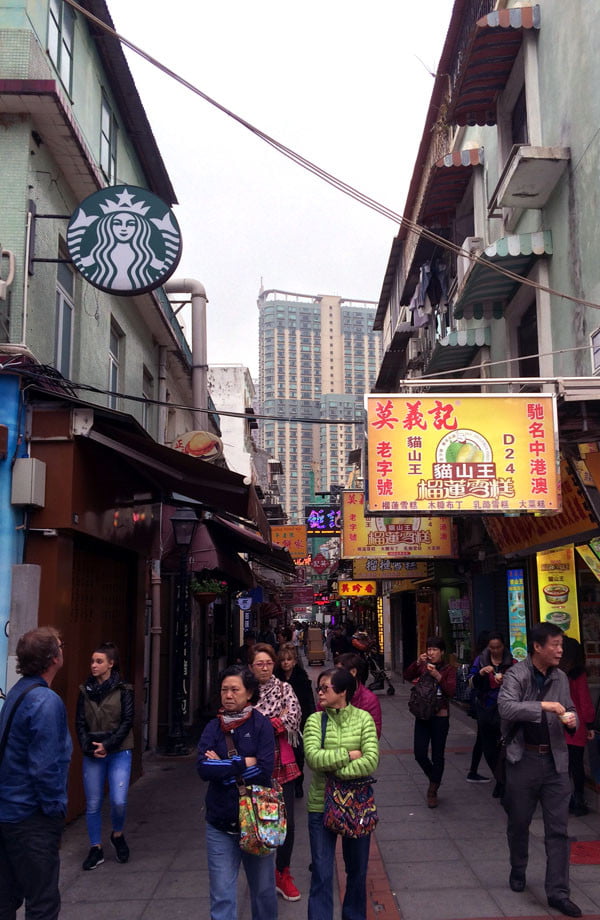
If you are looking for souvenirs from Macau, definitely check out the very colourful Cunha Bazaar which has some of the best tourist souvenirs I’ve seen which are not ticky-tacky and are handmade by local artists through Macau Creations.

I bought a beautiful scarf with an illustration of the St Paul’s Ruins from here! I really loved the illustrations, definitely a favourite souvenir :)
Coloane
We took a cab from Taipa to Coloane Village in the south-western tip of the island, and our very first destination was obviously to check out the original Lord Stow’s Bakery, renowned for bringing the Portuguese Egg Tart (Pasteis de Nata or Pasteis de Belem if you get it from the original store in Belem like I did!) to Asia and it’s become quite synonymous with Macau.
We initially wanted to eat lunch as Espaco Lisboa Restaurante but it was closed :( anyhow I think our eventual lunch turned out pretty nice.
Lord Stow’s Bakery
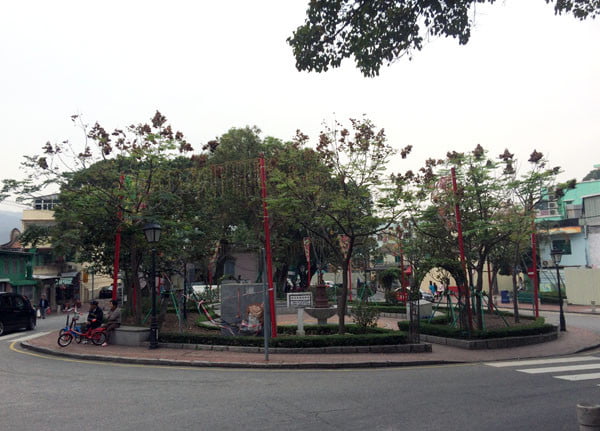
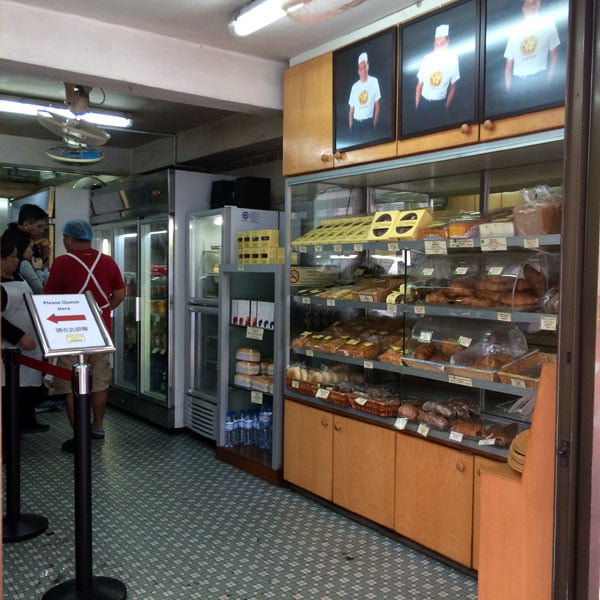
A and I decided to have a light lunch of snacks from the bakery, and we took our wares and sat down by the bay to have our meal on a bench by the sea. A pity the weather was kinda dreary, but it was nice just chilling out by the water side where you can see China’s Zhuhai across the water.

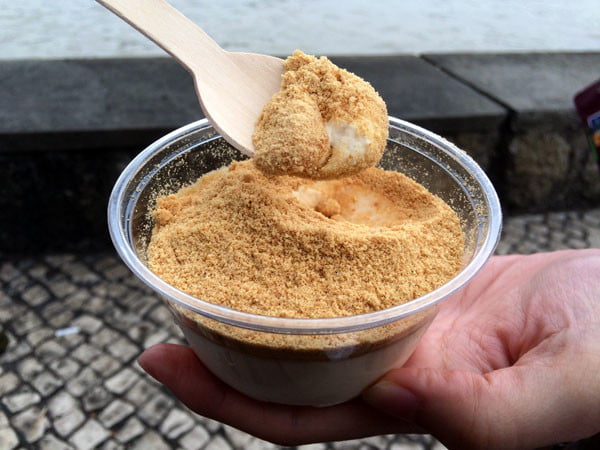

Avenida de Cinco de Outubro
We took a walk along the bank down the Avenida de Cinco de Outubro (Fun fact: Cinco de Outubro or 5th October was the day of revolution and fall of Monarchy in Portugal) for a bit to see what else we would discover. We came across the Chapel of St Francis Xavier and further down we popped in briefly – the style it’s built in is similar to the Taipa Houses, just yellow instead of green.
Right at the end of the road was the little Tam Kung Miu or Tam Kung Temple, a tiny temple dedicated to the Taoist god of seafarers. Also of note – there’s a public toilet just next to this temple.

We considered walking further along, but it didn’t seem to be leading anywhere in particular so we doubled back, and passed the Tin Hau temple off Avenida de Republica which had a beautiful pink tree in full bloom. The temples were all pretty small so we didn’t venture inside, mostly admiring the architecture from outside.
Hac Sa Beach
We took a bus to get to from the South-west to the South-Eastern side of the island where Hac Sa beach is – Hac Sa literally translates into Black Sand, one of the features that makes this beach quite special. The weather was chilly and no one was in the water, so we mostly wandered along the beach for a bit.

Fernando’s
We then had an early dinner at Fernando’s in the Hac Sa Beach area, which seemed pretty popular online for serving up traditional Portuguese food. It’s a bit weird seeing and eating Portuguese words and food in a place like Macau that feels so Asian, but the food here was not bad – the clams were amazing, the famous Bacalhau or codfish was really salty though, and I say that as someone who generally likes stuff savoury!


Getting around Macau
If you are staying in any of the hotel complexes, there are likely to be free shuttle bus services to get you around their various properties. I stayed at the Holiday Inn Cotai, which is a part of the Sands property. The concierge pointed us to take the free shuttle buses from shopping mall City of Dreams next door. There was a bus that would bring you to the Peninsular, but to get to Taipa, take the shuttle to Galaxy Hotel Macau. These shuttles generally come every 15-30mins.
Click here for booking.com info on Holiday Inn Cotai and Galaxy Hotel (affiliate links)
Another option is to take the public buses, which are honestly quite cheap and easy to navigate. From Cotai to Coloane Village / Hac Sa, take Bus 25 or 26A. It cost us around HK$2.80 – 3.60 each depending on distance, the buses are modern, came quite punctually and have English signs. Here’s more details on bus costs.
You can take a taxi as well, which actually isn’t too pricey and may be quite worth while if you have a group of 4 and are looking to save time.
- Cotai > Taipa: Free shuttle bus – 5 mins
- Taipa > Coloane Village: Taxi – 15 mins, ~HK$50 (~S$9)
- Coloane Village > Hac Sa: Public Bus – 10mins, ~HK$2.80 (~S$0.50)
- Hac Sa > Taipa (Galaxy Hotel): Public Bus – 30mins, ~$3.60 (~S$0.65)
All in all, it was a pretty interesting look at Macau outside of the casinos in the Cotai strip. I would have liked to check it out during high season when the weather is warmer – there seem to be some pretty decent walks along the coastline and hikes, chill by the beach as well as try and find more Macanese food.
Do you have any Macao tips for non-gamblers looking to explore Taipa or Coloane?
If you are visiting Macau, Hong Kong is usually a good place to visit along the way, or consider adding China to the itinerary as well.



